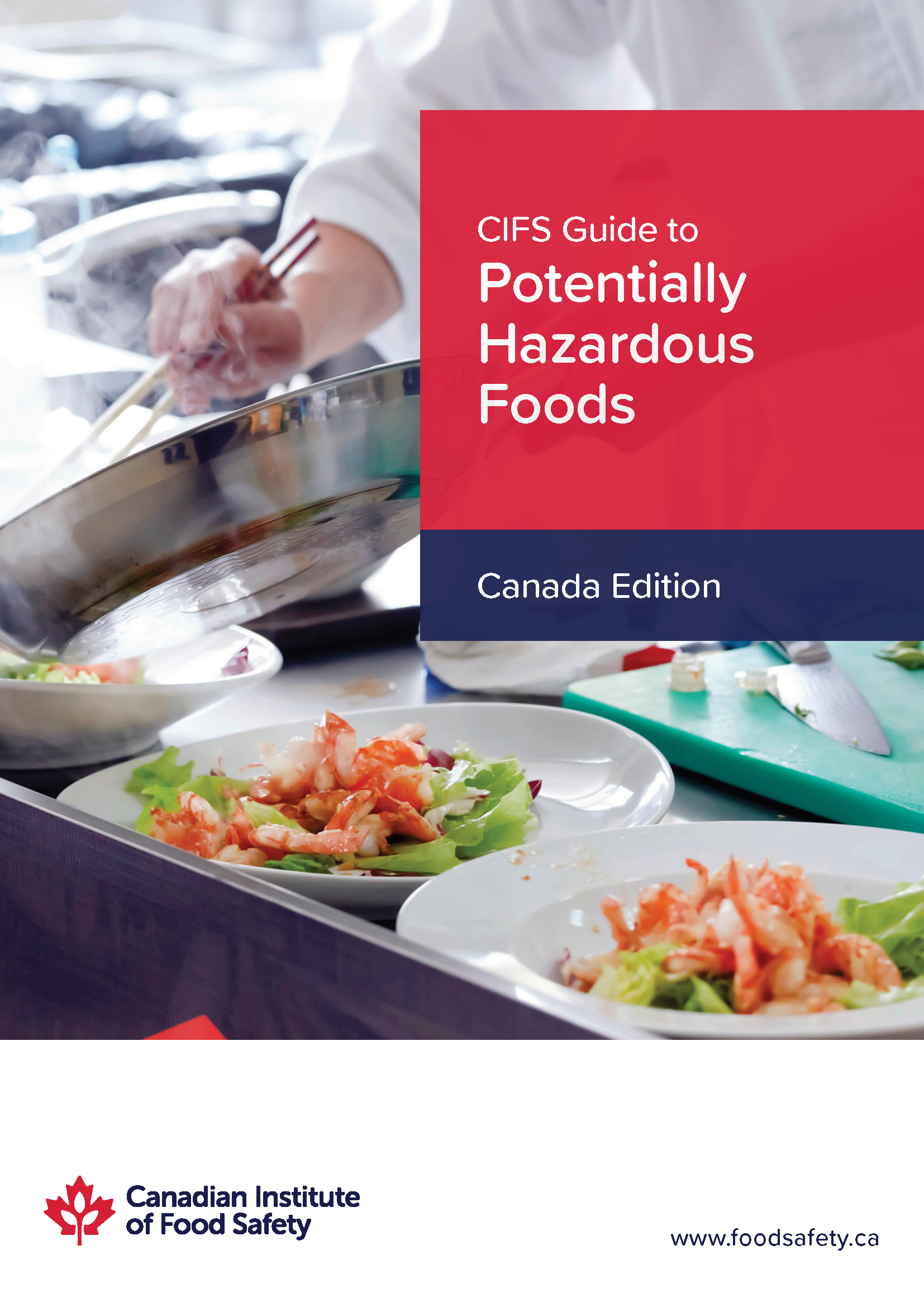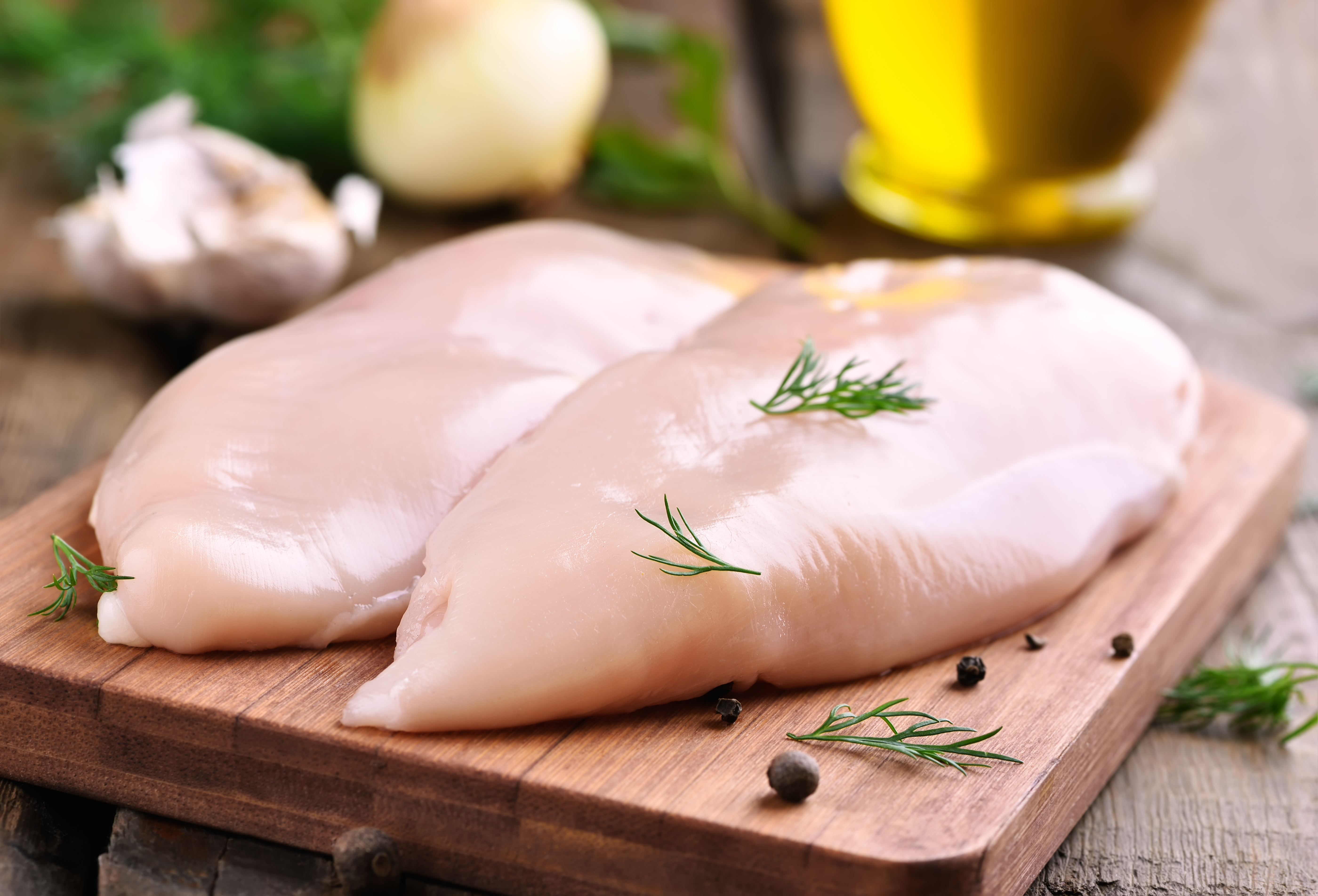potentially hazardous foods must be stored
The temperature of the thawed potentially hazardous food must not rise above. Potentially hazardous foods should be kept out of this danger zone or they should be in it for as short a time as possible to prevent the growth of harmful bacteria.

Disaster Plan Disasters How To Plan
Food is always going to be exposed to the danger zone.
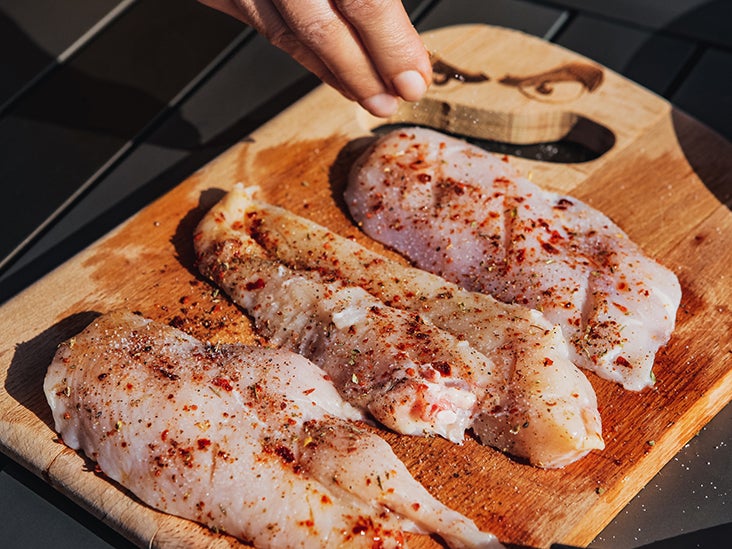
. Raw and cooked meat or foods containing. Potentially hazardous foods should be kept at 5 C or colder or above 60 C wherever possible however ready-to-eat foods can safely remain between 5 C and 60 C for up to 4 hours. 50ºF - 120ºF 6.
Potentially Hazardous Food All potentially hazardous food should be kept below 41 o F for cold foods or above 135 o F for hot foods except. The Australian requirements for the storage and display of potentially hazardous foods are. While most fresh potentially hazardous food should be stored at 41F 5C or lower others may have different temperature requirements.
The 2 Hour 4 Hour Rule specifies how long fresh potentially hazardous foods such as cooked meat and meat-based foods dairy products prepared fruits and vegetables cooked rice and pasta and cooked or processed foods containing eggs can be safely held at temperatures in the danger zone. Food should be discarded. Critique of FDAs potentially hazardous foods definition18.
Handling raw meat fish poultry or eggs b. High School Equivalency Tests. Food handlers hands must be washed for a total of 20 seconds with soap and water and then dried with a paper towel after.
Potentially hazardous foods in the refrigerator storage must be discarded when the temperature is. EXCEPTION OF ROASTS WHICH MAY BE STORED AT 130. Equipment must be capable of maintaining proper food temperature at all times.
Food held in the danger zone for. Flavorings toppings and marijuana infusion. Storage Temperature Store at an internal temperature of 41F 5C or lower.
The water should flow over the container edge to flush away impurities of the food. Foods normally considered to be potentially hazardous are. English Language Development Standards.
The critical part is to ensure that this time is kept as short as possible. High School Graduation Requirements. Time Temperature Food You.
Store at an internal temperature of 41F 5C or. Foods should not be kept in the Danger Zone for more than. The food item or items must be placed in a rimmed container such as a pot or bowl.
Potentially hazardous food Potentially hazardous foods are foods that must be kept at 5C or colder or at 60C or hotter to minimise the growth of food poisoning bacteria that may be in the food or to stop the formation of toxins. Or cooled to. Potentially hazardous foods must be held at 41 degrees Fahrenheit or less for cold-holding.
Mussels clams crabs and lobsters should be purchased live from a. If making ice cream you must start with a pasteurized liquid ice cream mix. Potentially hazardous TCS ready-to-eat food prepared on-site may be stored in a cooler for up to seven days as long as the maximum internal food temperature is.
Cooked or reheated food may be. PHF must be stored and displayed below 5C or above 60C PHF must be thrown out if stored or displayed at temperatures between 5 and 60C more than four hours PHF must be used immediately if stored or displayed between 5 and 60C for. MINIMUM TEMP FOR HOT FOOD STORAGE WITH THE.
Potentially hazardous food should also be cooled and reheated quickly and prepared in as short a time as possible. POTENTIALLY HAZARDOUS FOOD TEMPERATURE CHART. Dispose of any food remaining at the conclusion of the event.
Sushi and sashimi includes fish that is to be consumed raw marinated or partially cooked. 70 f or above and between 41f and 70 for more than two hours. Financial Allocations Apportionments.
The danger zone is between. Foods that have a water activity of 085 or above are considered. A food business must when transporting food transport potentially hazardous food under temperature control.
Raw meats cooked meats and food containing meat such as casseroles curries lasagne and meat pies dairy products and foods containing dairy products such as milk cream custard and dairy-based desserts seafood excluding live seafood. Received frozen should be stored at temperatures that will keep it frozen. 41ºF - 150ºF d.
That is between 40F and 40F. Potentially hazardous food must be stored or held at or below 41 degrees Fahrenheit 5 degrees Celsius or at or above 140 degrees Fahrenheit 60 degrees Celsius except as follows. Examples of potentially hazardous foods include.
Meats Dangerous bacteria can grow in meats -- including bacon poultry beef fish pork and processed meats -- when the meat is not fully cooked. The food must be completely submerged under potable running water at a temperature of 70F or below. Potentially Hazardous Foods Sushi Sashimi.
Potentially hazardous food must be kept out of the danger zone. Do not handle or prepare food for others. 41ºF - 135ºF c.
The simplest way to meet the requirements is to ensure that potentially hazardous food is received stored displayed or transported either very cold 5C or colder or very hot 60C or hotter. The presence of microorganisms is a form of. Proper temperature must be maintained during food storage and transport.
This is because it takes more than 4 hours for food poisoning bacteria to grow to dangerous levels. When making cold salads such as tuna it is recomended that. 1976 Food Service Sanitation Manual and the 1982 Retail Food Store Sanitation Code clarified that the food must be in.
Food Code 2009 from the FDA prescribes that in order to be considered safe the temperature of cooked foods that will support the growth of pathogens potentially hazardous foods must be reduced from 135 F to 70 F within 2 hours and within a total of 6 hours from 135 F to 41 F or less In addition potentially hazardous food must be cooled within 4 hours to 41 F or less if. 0ºF - 135ºF b. Australian New Zealand Food Standards Code 322 Division 3 10b.
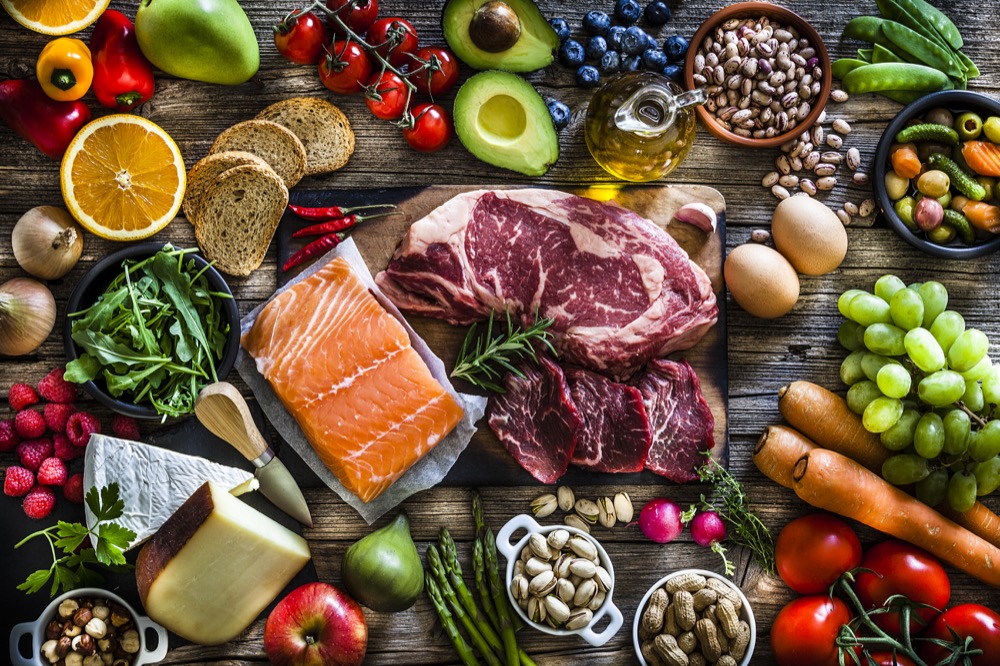
What Is Time Temperature Control For Safety Tcs
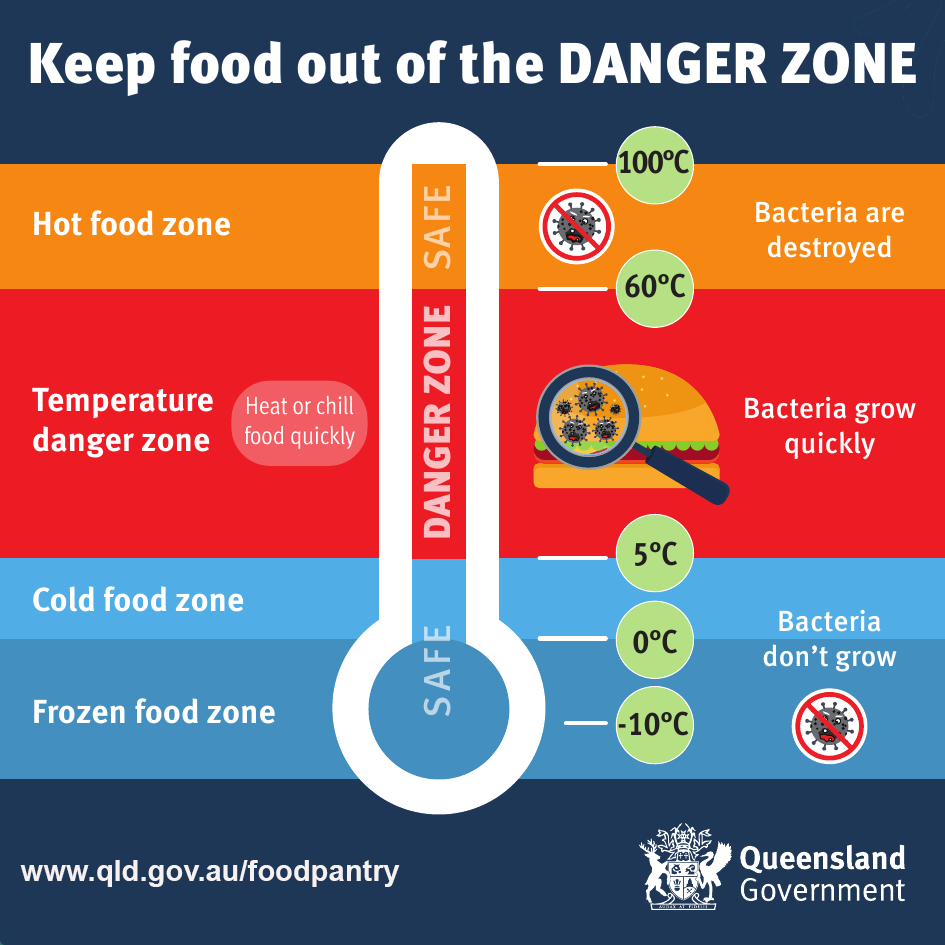
Potentially Hazardous Foods Health And Wellbeing Queensland Government
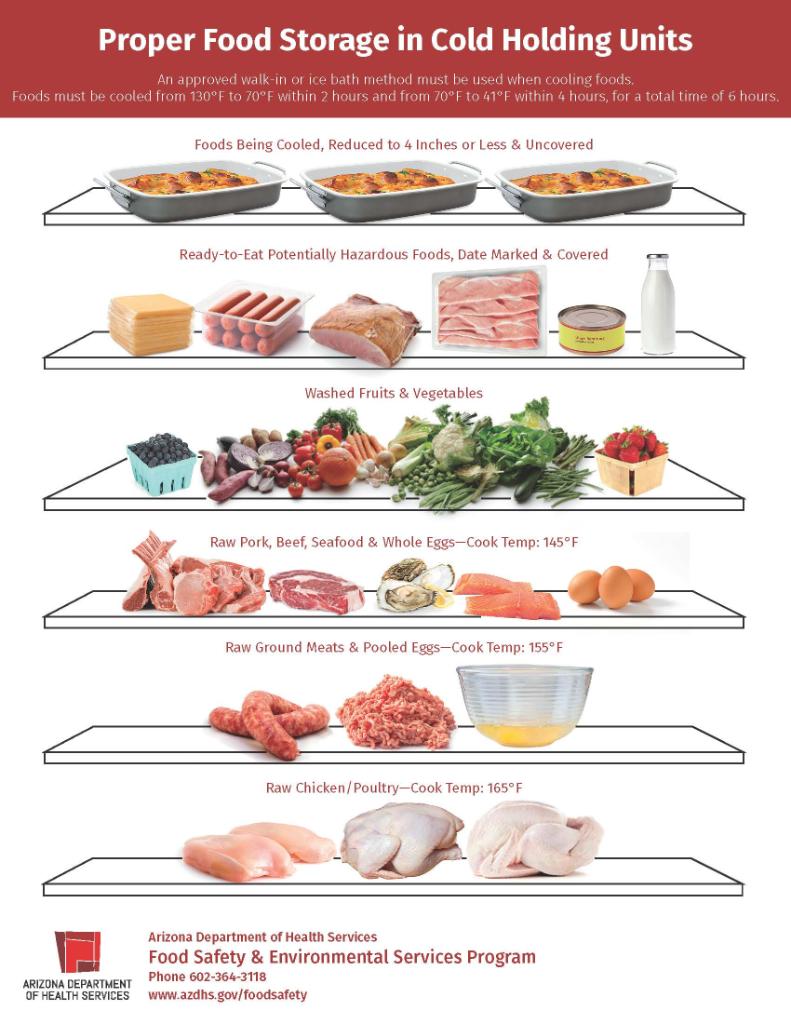
Az Dept Of Health V Twitter Forget The Labels On The Refrigerator Bins For Food Safety Store Foods In Your Refrigerator According To Cook Temperature With Foods Requiring The Highest Cook

I Food Handling Basics Veggielution

Lockout Tagout Poster Workplace Safety Slogans Occupational Health And Safety Workplace Safety

The Way You Store Food Can Affect It S Quality Deprive It Of Nutrients Food Storage Guidelines You Must Follow
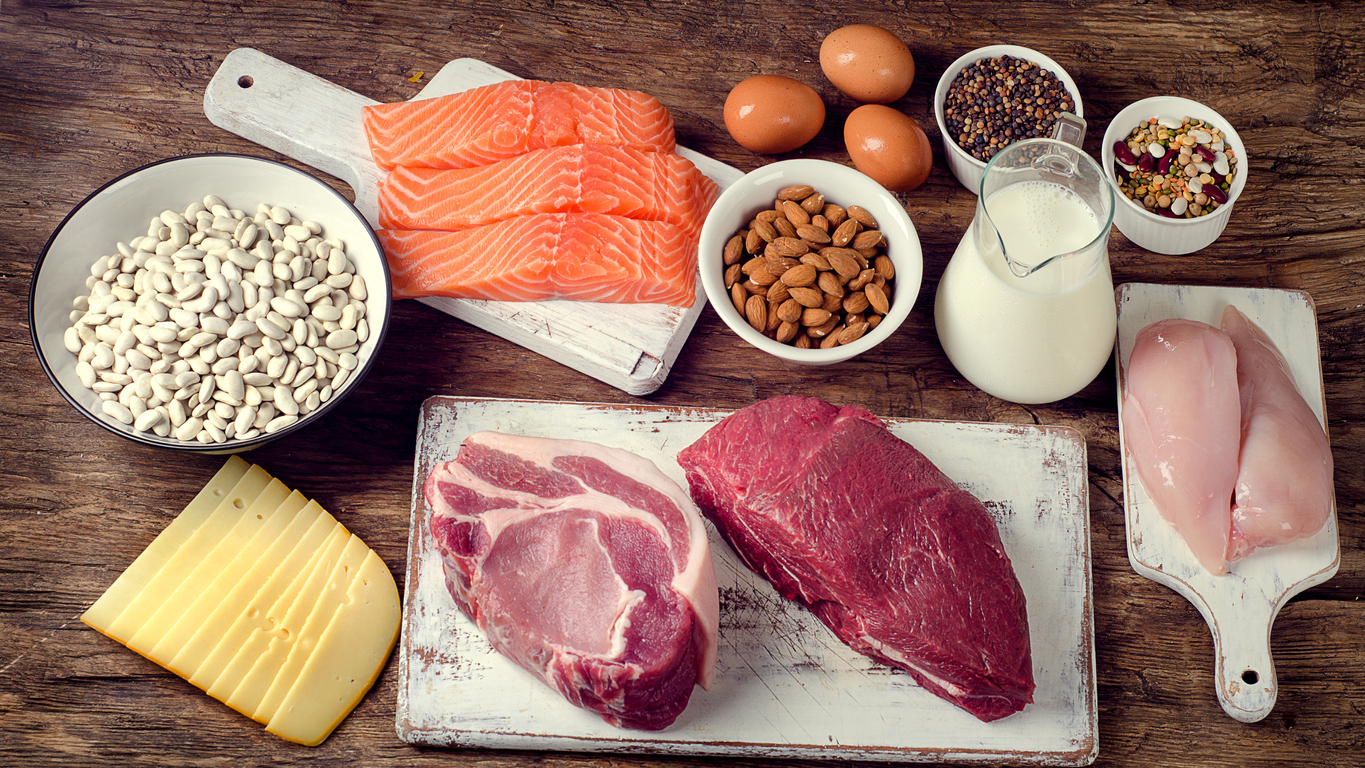
Potentially Hazardous Foods Health And Wellbeing Queensland Government

Temperature Danger Zone Food Type Risks And Ranges

Restaurant Self Inspection Checklist How To Create A Restaurant Self Inspection Checklist Download This Re Inspection Checklist Checklist Template Checklist

Therma Walk In Cooler Food Storage Chart

Lockout Tagout Think Before You Start Performing Maintenance Or Servicing Lockout Tagout Workplace Safety Health And Safety
Food Safety Asotin County Health District

